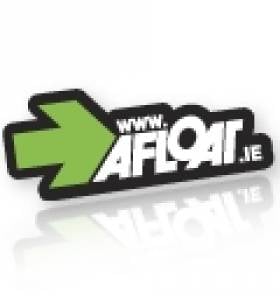Displaying items by tag: Halmatic
'Prodigious' Takes Pride of Place on 'Afloat Boats for Sale' Site
'Prodigious' is a very special, go anywhere motor yacht according to her broker, Hugh Mockler of Crosshaven Boatyard. This Weymouth 51 foot motor cruiser has just been added to Afloat's Boats for Sale site today and this 1988 craft is taking pride of place.
Originally constructed in accordance with Lloyds rules under the supervision of a Lloyds surveyor. In 2000 she underwent an extensive refit at the renowned Fairlie Restorations yard at Hamble and flew her pre purchase survey - the highly regarded David Hopkins declaring "She is the best example of her type that I have personally seen and she is in a good, sound and seaworthy condition."
The boat is lying on the south coast of England and priced at £229,000
All the details and specs are on the Boats for Sale site here. Vid below here too.






























































